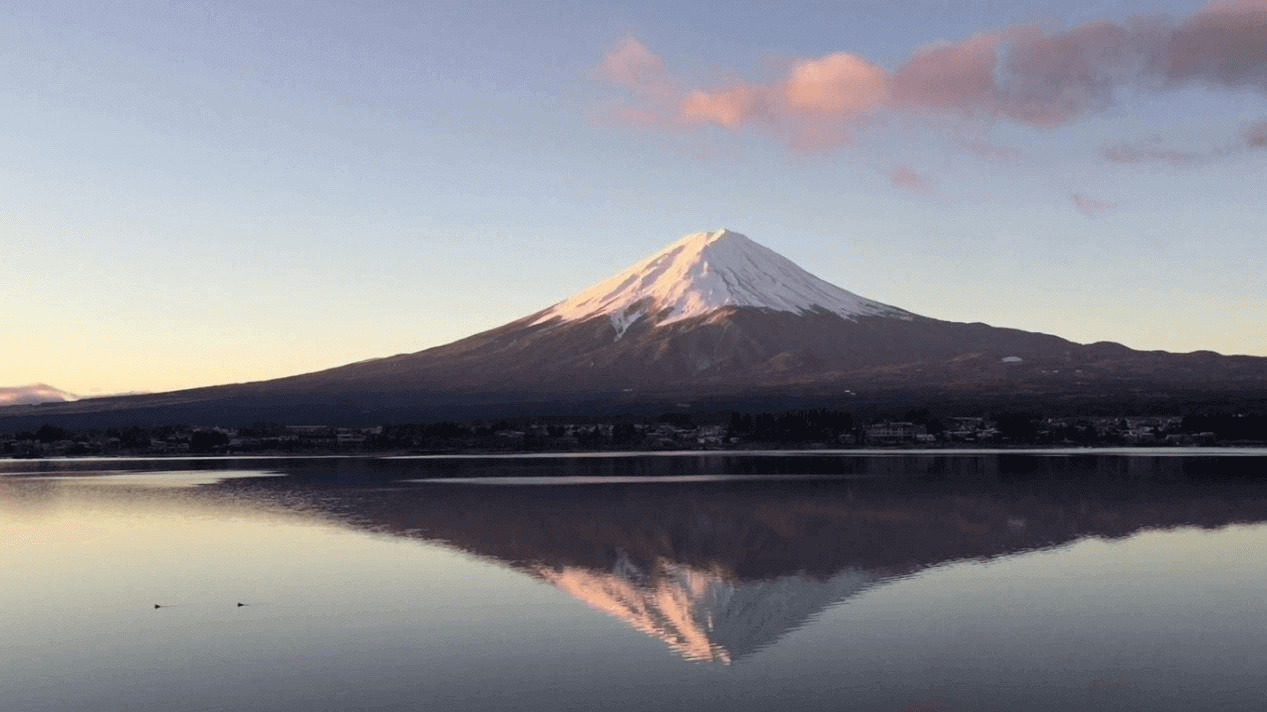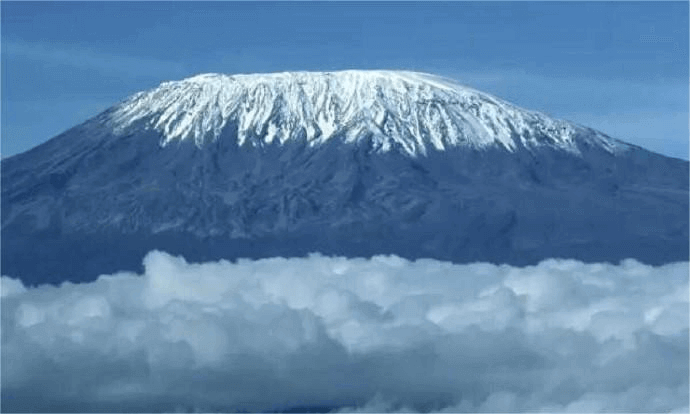Top 10 famous volcanoes in the world
For the adventurous traveler, the dangerous and stunning volcano is one of the most deadly attractions. When a volcano erupts, magma from within the earth's crust bursts out of the ground, creating the hottest visual sensations. Here is a list of the top 10 famous volcanoes in the world. If you love adventure, don't miss it.

1. Mount Fuji, Japan Perhaps the most famous symmetrical stratovolcano in the world is Mount Fuji in Japan. It has inspired a great deal of art over the centuries. "It's a national symbol of Japan: snow all year round, looming in the distance, cherry blossoms blooming in front of the mountains," Vashe said. But Mount Fuji itself remains a safe place, as the risk of an eruption is very low, having not erupted since 1707.

2. Mayon Volcano, Philippines Mount Mayon on the island of Luzon, 450 kilometers southeast of the capital Manila, is the most active volcano in the Philippines. Mayon is a stratovolcano. Steep volcanic cones formed from layers of magma are known for their incredibly symmetrical shapes.
The eruption in September 2014 forced thousands of residents to flee the area.

3. Mount Kilimanjaro and Ngorongoro Crater, Tanzania and Kenya. Kilimanjaro, the highest mountain in Africa. Kilimanjaro is also the highest volcano on the African continent. It is unique in that it has three volcanic cones.
Although Mawenzi and Hilla are extinct volcanoes, the tallest, Kibo (home to Uhuru, Kilimanjaro's highest peak), is still active and occasionally spews steam and other gases.
4. Mount Klimutu, Indonesia Mount Klimutu, located on the Indonesian island of Flores, has three impressive deep lakes in its mouth.
These three lakes are called "old man Lake", "youth Lake" and "ghost lake" respectively. What's even more surprising is that all three lakes change color from blue or green to black or red.
5. Kilauea Volcano, Hawaii Kilauea Volcano, one of the most active volcanoes in the world, is located in Hawaii Volcanoes National Park, USA. It is about 1280 meters above sea level, 4027 meters in diameter and more than 130 meters deep.
Kilauea Volcano is home to the world's largest magma lake, covering an area of 100,000 square meters, a dozen meters deep, like a furnace of boiling steel.
6. Arenal Volcano, Costa Rica. Arenal Volcano is one of the ten most active volcanoes in the world. Located about 90 kilometers northwest of SAN Jose in Alajuela Province, Arenal Volcano is at least 1,633 meters above sea level and its crater is 140 meters wide. The Arenal Volcanic region is rich in wildlife, including parrots, howler monkeys and deer, and offers plenty for photographers to capture.
7. Biarica Volcano, Chile. Mount Biarika is 2,582 meters high. Located at the southern tip of South America, it is one of the few permanently active volcanoes and a famous ski resort.
People slide down the snow from the top of the mountain, and capture it, and it is sure to get some very interesting pictures.
8. Mount Etna, Italy Mount Etna is the second most active volcano in the world. It sits 3,326 meters above sea level between Messina and Catania on the east coast of Sicily, Italy.
There are some ancient villages scattered on the back slope of the volcano, which is very suitable for shooting.
9. Kawai Ijen Volcano, Indonesia. Located on the eastern part of the Indonesian island of Java, the Ijen Volcano rises 9,100 feet above sea level. The crater has a lake about a kilometer wide, rich in sulfur and a beautiful indigo color. If you take a picture of the "blue flame" erupting from the ground at night, the trip is worth it.
10. Tianchi Volcano, Changbai Mountain. Changbai Mountain Tianchi, also known as Baekdu Mountain Tianchi, is located in the southeast of Jilin Province. It is the boundary lake between China and Korea. The northern part of the lake is in Jilin Province. Tianchi, China's deepest lake, formed from the crater of a volcanic eruption in 1702, rises on top of Baektu, the main peak of Changbai Mountain.
Tianchi Lake in Changbai Mountain is the largest crater lake in China formed naturally by volcanic eruption. It is also the source of the Songhua River, Tumen River and Yalu River. It is called "Tianchi" because of its high position, with the water reaching 2,150 meters above sea level.